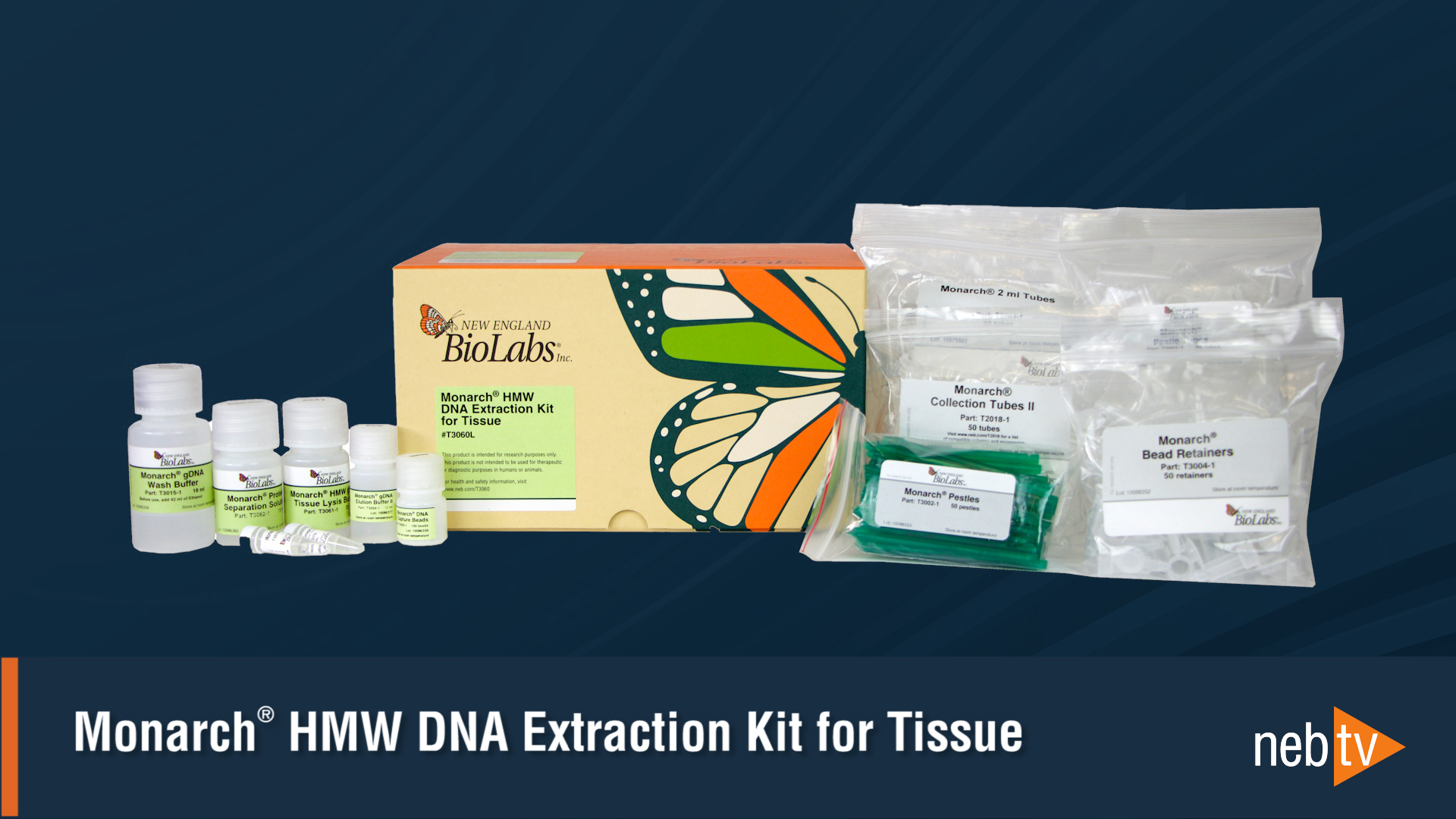For sample homogenization, we recommend the included microtube pestle or rotor-stator homogenization. Sonication is not recommended for the extraction of HMW DNA as it is known to shear DNA. For homogenization of fibrous tissues, we have the following recommendations:
- Muscle can be homogenized with either the microtube pestle or a rotor-stator homogenizer. We consider working with the pestle more convenient, but for frozen samples, the rotor-stator homogenizer gives somewhat better N50 read lengths.
- Ear punches and tail tips work better with the microtube pestle, as the rotor-stator homogenizer with the disposable tips (Tissueruptor II) is not able to effectively disrupt the tissue. It is possible that the rotor-stator homogenizer with the non-disposable sharp metal tips could be a better option, but we have not tested that. However, we have obtained excellent results with ear punches using the microtube pestle. Essentially, the pestle splits the ear punch sample in three thin layers that are accessible to the tissue lysis buffer and Proteinase K, providing very good quality HMW DNA. We recommend using 2 ear punches per sample for highest binding efficiency.
- Tail tips are significantly challenging samples. Ideally, use a powder made by grinding with liquid nitrogen. But if that option is not available, the pestle does help, but it still takes the Proteinase K several minutes to lyse the homogenized tissue completely. As a result, the DNA isolated from mouse tail is more sheared and smaller in size than that isolated from ear punches. Accordingly, a short read eliminator step may lead to better read lengths in nanopore sequencing.


